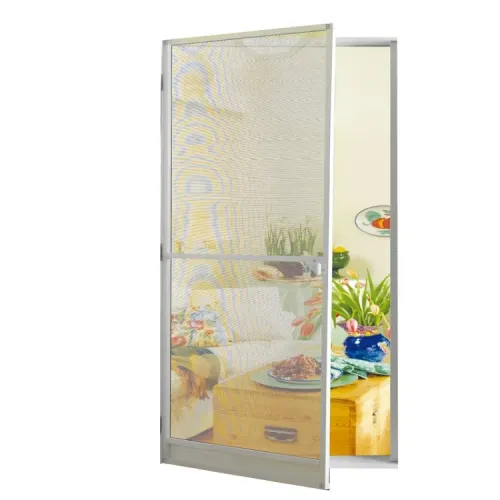Dec . 05, 2024 19:27 Back to list
Affordable Insect Screen Options for Your Home and Garden Solutions
Understanding Insect Screen Prices A Comprehensive Guide
Insect screens are an essential addition to homes, particularly in regions where bugs and pests thrive. They provide a barrier against insects while allowing fresh air to circulate indoors. While the primary purpose of insect screens is to keep unwanted critters outside, buyers often face one common question what determines the price of insect screens? This article aims to explore various factors influencing insect screen prices, helping consumers make informed decisions.
1. Types of Insect Screens
The first factor to consider when evaluating insect screen prices is the type of screen. Various materials are used in the construction of insect screens, each with their unique pricing structures. Common materials include
- Fiberglass This is one of the most popular options due to its affordability and durability. Fiberglass screens typically cost between $1 to $2 per square foot. - Aluminum Slightly more expensive than fiberglass, aluminum screens are known for their strength and resilience against wear. Prices generally range from $2 to $4 per square foot. - Stainless Steel For those prioritizing durability and security, stainless steel screens are an ideal choice. They can withstand harsh weather conditions and are resistant to rust. However, their price can be higher, often between $5 to $10 per square foot.
- Specialty Screens Some manufacturers produce screens with additional features, such as pet resistance or solar blocking. These specialty screens may come at a premium price, reflecting their enhanced functionality.
Insect screen prices can also vary based on size and customization. Standard window and door sizes tend to have lower prices due to mass production. However, if you require custom sizes or specialized shapes, such as those for skylights or unique architectural features, the cost may significantly increase. Custom insect screens can range from $30 to over $100 each, depending on dimensions and design requirements.
insect screen price

3. Installation Costs
Another aspect to consider when analyzing the overall cost of insect screens is installation. Many homeowners choose to install screens themselves, which can save money. DIY installation is relatively straightforward, especially for kits that include all necessary components. However, if you opt for professional installation, prices can add up. Hiring a professional may cost anywhere from $50 to $150 per hour, depending on the complexity of the project and local labor rates.
4. Additional Features
Some insect screens come with additional features that can affect their price. For example, retractable screens allow homeowners to enjoy unobstructed views when the screens are not in use. The convenience and aesthetics of retractable screens can raise the price substantially, often ranging from $200 to $500 for standard-sized openings.
5. Seasonal Considerations and Retailers
Seasonality can also play a role in insect screen pricing. During peak summer months when bugs are most active, prices may rise due to high demand. Conversely, purchasing insect screens during the off-season might yield better prices. Additionally, various retailers and online marketplaces may have different price points, so shopping around can lead to better deals.
Conclusion
Insect screens are a valuable investment for protecting homes from pests while allowing airflow. Understanding the factors that influence insect screen prices can help consumers make wise purchasing decisions. By considering the type of screen, size, installation options, and additional features, homeowners can find screens that suit their needs and budget. Whether opting for a DIY approach or hiring a professional installer, the right insect screen can enhance comfort and cleanliness in any home.
Products
Latest news
-
Unveiling the Allure and Practicality of Classic Mosquito Nets
NewsJul.04,2025 -
Unraveling the World of Mosquito Nets: Varieties, Costs, and Production
NewsJul.04,2025 -
Redefining Protection and Style: The World of Mosquito Nets
NewsJul.04,2025 -
Enhancing Sleep and Style with Contemporary Mosquito Nets
NewsJul.04,2025 -
Diverse Solutions in Mosquito Netting: Sizes, Varieties, and Flexibility
NewsJul.04,2025 -
Deciphering Mosquito Nets: Significance, Varieties, and Applications
NewsJul.04,2025 -
Transforming Bedrooms into Mosquito - Free Havens
NewsJul.01,2025









